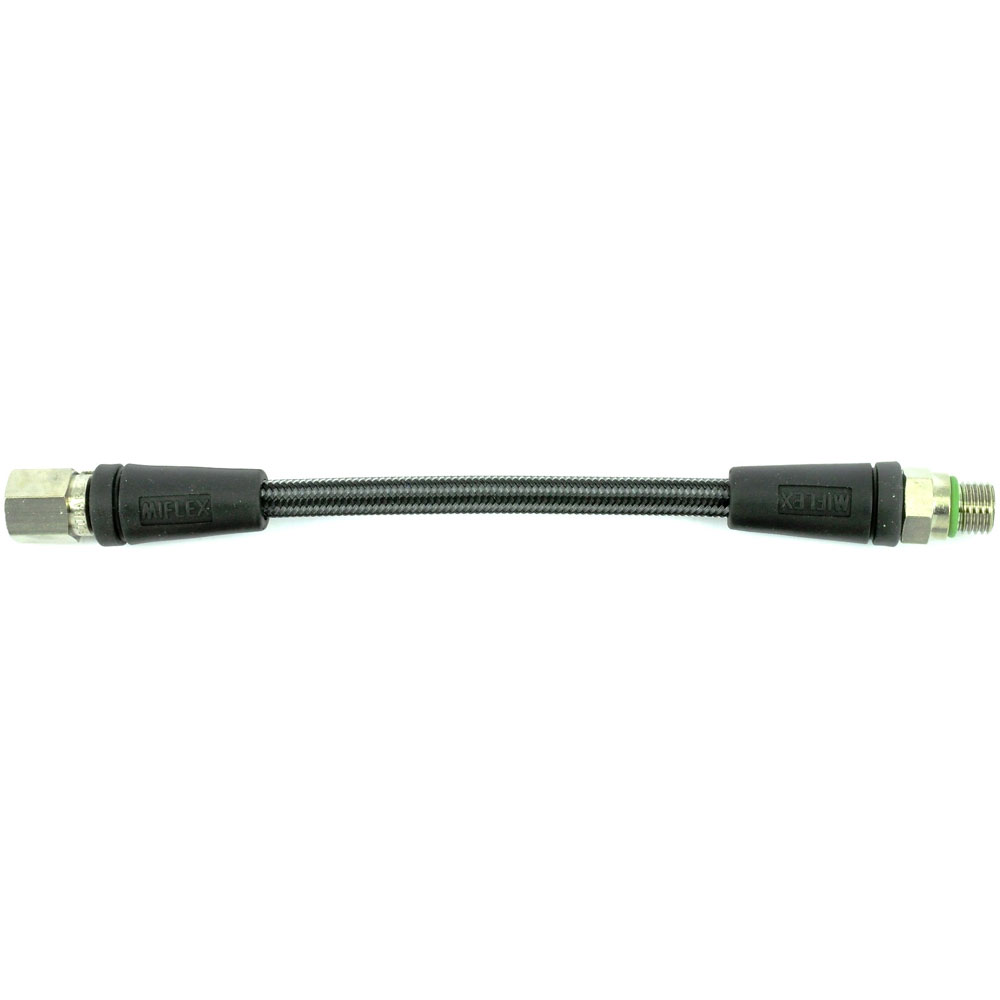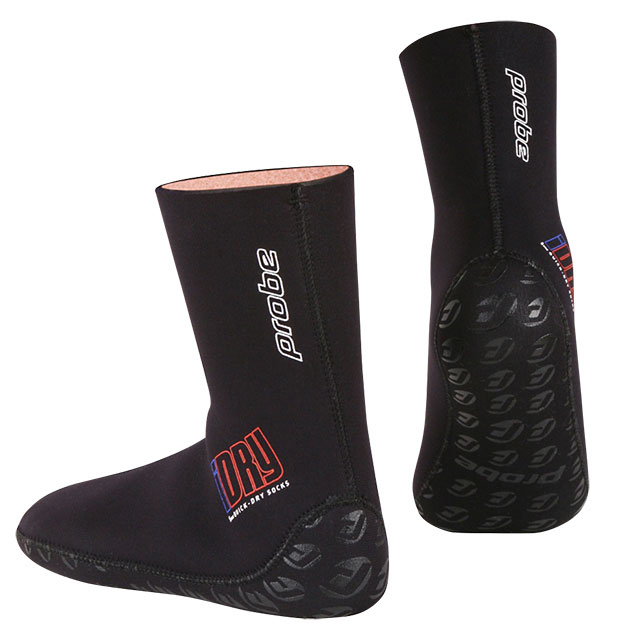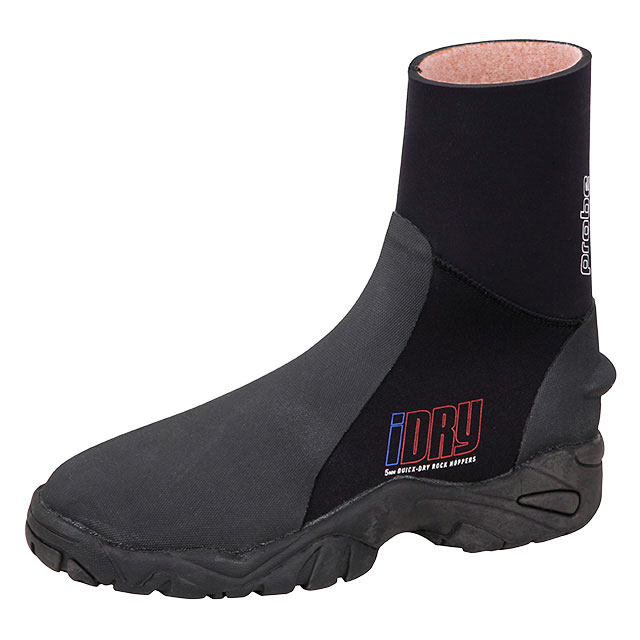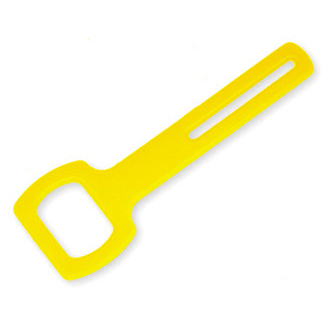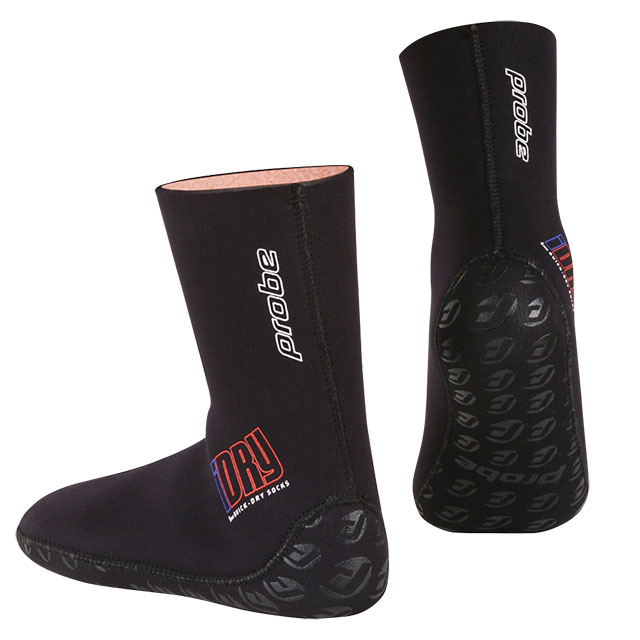The Sonar Male Sealing DIN Valve Cover Plug provides a true high pressure O-ring seal in both 200 Bar and 300 Bar valves. It's primary purpose is to prevent gas loss from leaks.
The typical use is to protect an expensive (or just plain important) gas fill from accidental loss while the cylinder is being handled or transported. The Sonar Male Sealing DIN Valve Cover Plug provides a true O-ring seal when used with both 200-Bar and 300-Bar valves. This maintains your gas supply, even if the cylinder valve ON/OFF knob is accidentally turned on.
This design is durable marine grade chrome plated brass, exactly the same material as your valve and thus is NOT subject to galvanic corrosion and galling. We have seen that happen with other plugs made of a dissimilar metal. All that's needed is a little saltwater moisture and then the plug seizes in the valve.
Features:
- Protects threads for 200 to 300 bar DIN threads
- Prevents gas loss from accidental turn on
- Durable marine grade chromed brass construction
- Factory cleaned
The moment a Sonar Male Sealing DIN Valve Cover Plug is removed from the valve it seems to grow legs and walk away, so screw it into the first stage DIN cap from your regulator and secure it with the lanyard. If you discover you are unable to remove the plug by hand because it's being held in place by the pressure of the gas trying to escape, close the valve and break the seal by loosening the plug with a wrench.
We do NOT recommend the use of any type of Sealing DIN Valve Cover Plug with oxygen, as impact or the friction of loosening the plug against high pressure oxygen could cause ignition, fire, and explosion leading to injury or death.
What Happened to My Gas?
Missing a dive because of lost gas is a very annoying experience, and it's often blamed on a short fill. The more likely reason is a gas leak caused by carrying a cylinder with the handwheel and allowing the valve to be inadvertently opened slightly. This typically occurs when the cylinder is being lifted up into a vehicle or tank rack, or when the cylinder shifts during transport and the handwheel is rubbed open.
We also regularly see leaking neck O-rings and even leaking burst disk assemblies. Leaks through the valve seat are rare but do happen with very old and worn valves. Sometimes leaks are so slow that the hiss of gas escaping can't even be heard. Often with such tiny leaks the pressure will drop quite a few bar and the leak will stop, but the cylinder almost never leaks to completely empty, thus the appearance of a short fill.
Leaks from the valve outlet can be prevented by meticulously double checking the valve is closed whenever you move a cylinder. Leaks from the neck or burst disk assembly can only be prevented by regular maintenance of your valve. When your cylinder and valve receive their annual visual inspection make sure the O-ring groove in the neck is cleaned and a new clean and unlubricated neck O-ring installed. The Scuba Doctor recommends that the burst disk be replaced whenever the cylinder is hydro tested (i.e. every year).
(10/23 JS)


